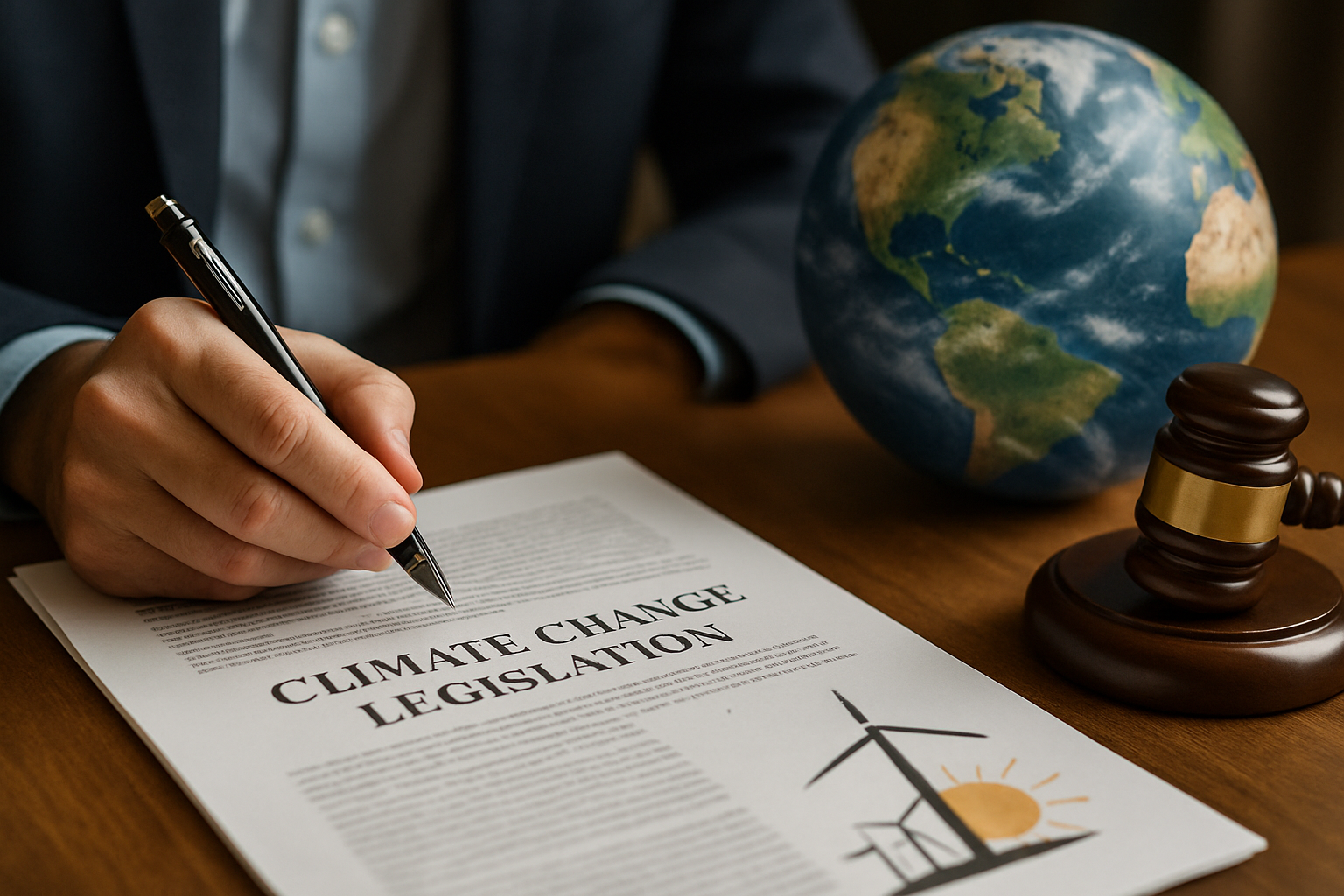Unraveling the Intricacies of Climate Change Legislation
Climate change and its implications for society have increasingly become a pressing topic of global concern. This article delves into the complexities of climate change legislation, exploring its historical context, recent developments, and its societal impact.

The Genesis of Climate Change Legislation
Climate change legislation has its roots in the 1960s, when the adverse impacts of human activities on the environment began to gain recognition. The United Nations Conference on the Human Environment held in Stockholm in 1972 was a significant first step towards global environmental legislation. However, it was not until the 1990s that climate change was addressed directly, notably with the United Nations Framework Convention on Climate Change (UNFCCC) in 1992 and the Kyoto Protocol in 1997.
Climate Change Legislation in the 21st Century
In the 21st century, climate change legislation has evolved to include policies for reducing greenhouse gas emissions and promoting sustainable practices. The Paris Agreement, adopted in 2015, was a landmark in global climate change legislation, committing nations to limit global warming to well below 2 degrees Celsius above pre-industrial levels.
Recent years have seen an emerging trend towards national and regional climate change laws. The European Union’s European Green Deal and the United States’ Green New Deal proposals exemplify this trend. These policies aim to transition economies towards sustainability, focusing on sectors like energy, transportation, and agriculture.
The Effect of Climate Change Legislation on Society
Climate change laws and policies have far-reaching impacts on society. They shape our energy usage, transportation choices, consumption patterns, and even our jobs. For instance, the transition to a green economy can create new employment opportunities in renewable energy and sustainable technologies.
However, these changes also pose challenges. They may necessitate shifts in workforce skills and could disproportionately affect certain sectors or communities. Therefore, climate change legislation often includes measures for “just transition,” ensuring support for those affected by the shift towards sustainability.
The Legal Foundation of Climate Change Legislation
Climate change legislation is grounded in the principle of sustainable development, recognizing the interconnectedness of economic growth, social equity, and environmental protection. It also draws upon the precautionary principle, which advocates taking preventive action in the face of uncertainty, and the polluter pays principle, which holds that those who cause environmental damage should bear the costs of mitigation or compensation.
The Future of Climate Change Legislation
As the effects of climate change become more pronounced, there is a growing recognition of the need for more stringent climate change legislation. Future laws are likely to impose stricter emissions targets, promote green technologies and renewable energy, and include more comprehensive plans for adaptation to climate change impacts.
In conclusion, climate change legislation is a complex and evolving field, requiring a delicate balance between environmental protection, economic prosperity, and social equity. While it poses challenges, it also offers opportunities for innovation, sustainability, and a better future for all.





